Is the real problem the test, not California students?

Fourth-grade students in the Twin Rivers School District take a practice exam in 2014, before the rollout of Common Core curriculum and testing. After four years of using the tests, questions remain about how well they measure learning and academic readiness. Randy Pench Sacramento Bee file
October 25, 2018 01:00 PM
Several years into theCommon Core curriculum standards, and four years into the tests on those standards, California students are not doing well. Not even half passed the English test, and the picture was significantly worse on the math test.
The numbers haven’t improved appreciably over the past couple of years, and the achievement gap for lower-scoring black and Latino students, compared with white and Asian students, yawns about as wide as ever.
Questions about what’s causing these disappointing results are many.
Is Common Core working out as we’d hoped? Does it need adjustments? And most important: What exactly do the test scores tell us?

The adoption of the Common Core was supposed to create a higher academic standard for students.
Higher standards to prepare them to succeed at four-year universities or more demanding jobs, as the economy starts shedding cashiers and hamburger flippers and replacing them with automated systems.
Colleges were justifiably complaining that students, even those with excellent grades, fell short on basic writing skills and were unable to base their writing on sound research, reading and analysis.
Maybe that’s exactly the way it works. The problem is that we don’t know. The link between tests and future success tends to be a lot murkier than psychometricians paint it.
So is the state’s test a good predictor of whether students will do well in college?
It’s also looking at whether the SAT and ACT, the old standards, actually predict later success. Those tests can be heavily coached – and cheated on, which has happened regularly in China and India.
But college readiness isn’t the only use for tests. Despite what naysayers contend, there’s a role for standardized tests in academia. Grade inflation has gripped too many schools. Teachers are under pressure to pass students who clearly don’t deserve it. Testing provides a reality check when high schools cheer their 85 percent graduation rates, while small minorities of their students can pass the statewide test. The state should take a serious look at schools with these kinds of gaps.
The state can’t afford to ignore the poor test results.
No one can claim that most California students are learning what they should. But along with concerns about curriculum and instruction, is the test is a true reflection of the learning that’s taking place? It’s still unclear whether it truly measures writing skills, for example. Is the integrated math taught under Common Core really getting students to think more like mathematicians? If the test really does measure readiness for college, decent jobs and life as an educated citizen, why are students who fall short being admitted to public universities that are bursting at the seams, under pressure to accept more and more students?
If students succeed in college who did poorly on the tests, then it’s unclear what the test results are proving. The problem is that we’re better at coming up with new tests and goals than at following up to see whether we were ever on the right track.
Karin Klein is a freelance journalist in Orange County who has covered education, science and food policy. She can be contacted at karinkleinmedia [at] gmail [dot] com. Follow her on Twitter @kklein100.
TESTS, TESTS. TESTS. ONE RESOURCE THAT HAS PASSED THE TEST OF TIME (40 YEARS) IS ALPHA-PHONICS A PRIMER FOR BEGINNING READERS BY SAMUEL L. BLUMENFELD! Find out all about this phonics reading instruction course that is simple, effective and very inexpensive. Anyone can use it to teach someone to read (At any age!)
Our MISSION is to provide the most effective, simplest
and least expensive 3 R’s teaching materials.
Please note the BLACK Horizontal BAR at the top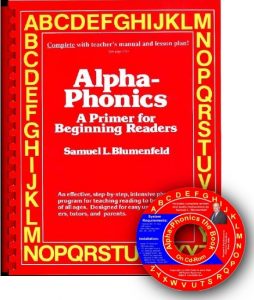
of his Post. You can click to access many sources
of information about our Homeschool resources
for teaching the Three R’s. There is almost 20
hours of free videos to view including the “24
reasons to Homeschool.” You can also Like us on
Facebook. Thanks!

 Alpha-Phonics
Alpha-Phonics The Alphabet Song!
The Alphabet Song! Water on the Floor
Water on the Floor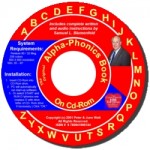 Alpha-Phonics the Book on CD Rom
Alpha-Phonics the Book on CD Rom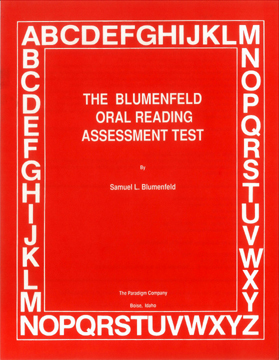 Blumenfeld Oral Reading Assessment Test
Blumenfeld Oral Reading Assessment Test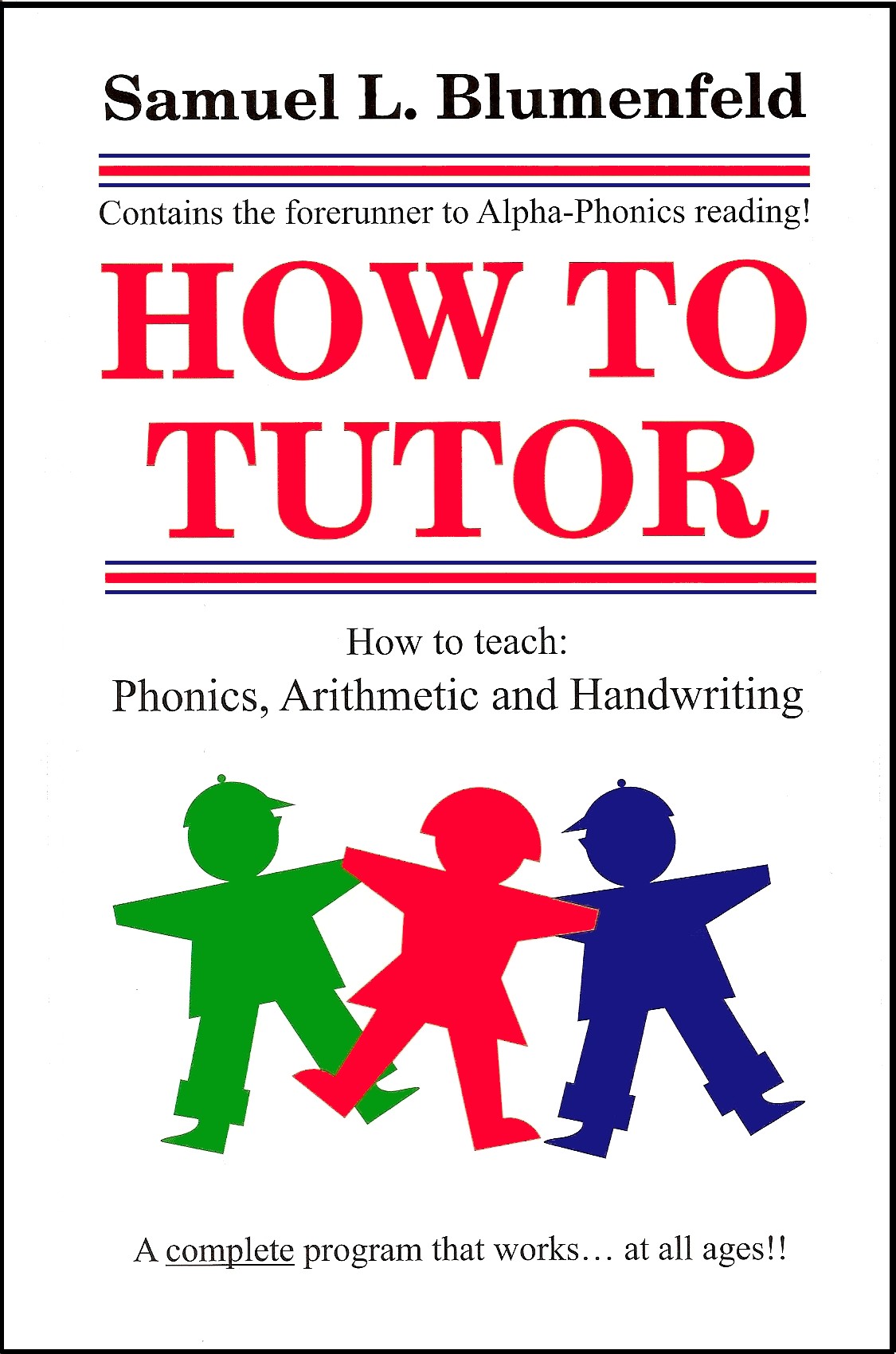 How To Tutor
How To Tutor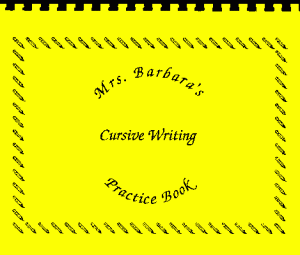 How To Tutor Cursive Handwriting Workbook
How To Tutor Cursive Handwriting Workbook